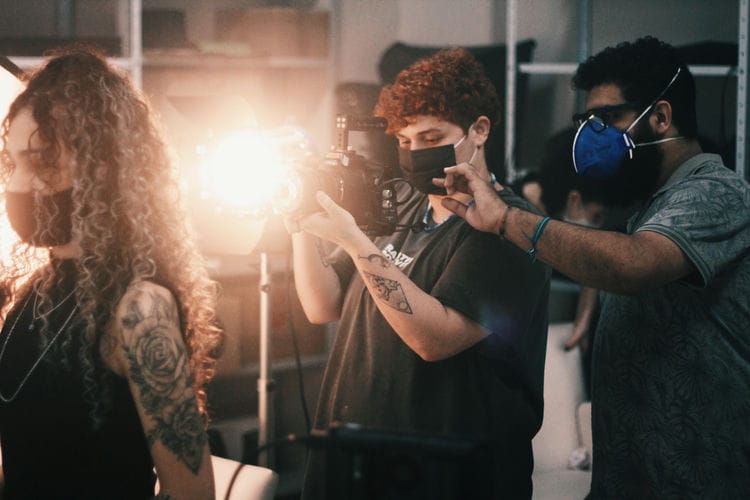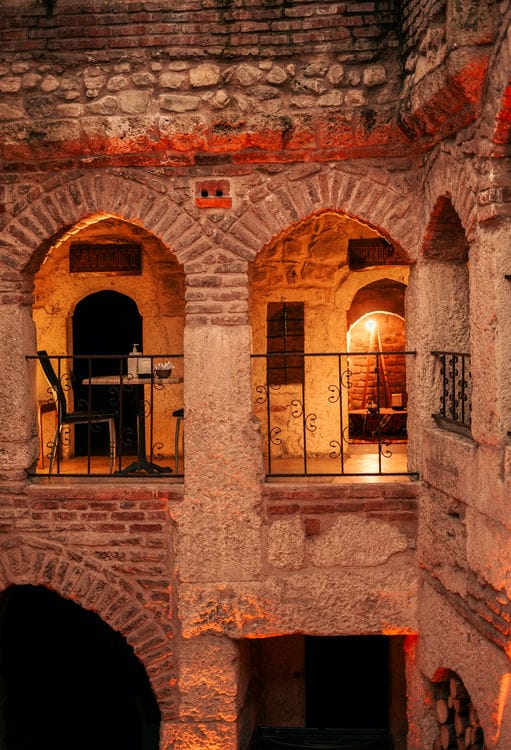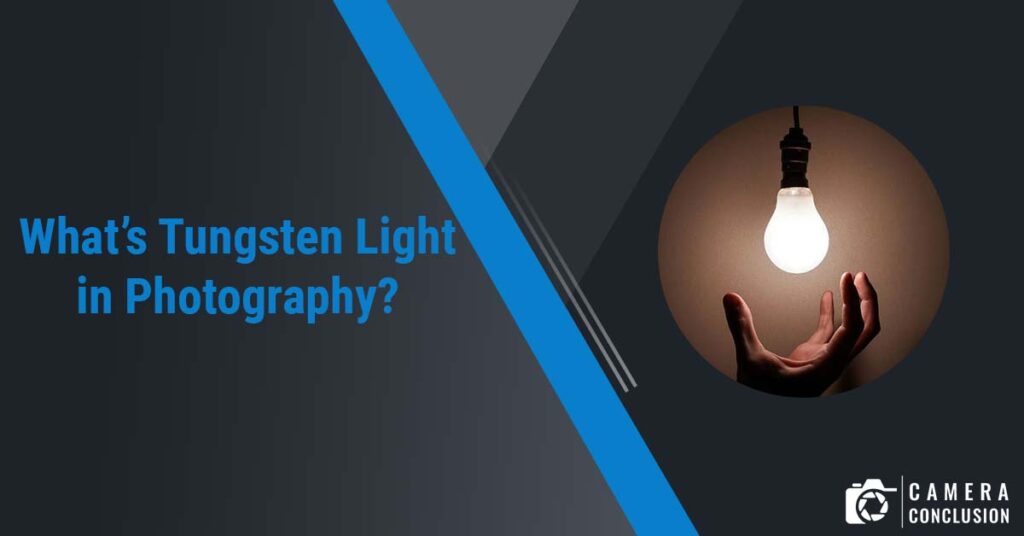Index
Tungsten light is a type of lighting commonly used in photography, film, and video production. It is a type of incandescent light that is created by heating a tungsten filament until it glows. Tungsten light has a warm and yellowish color temperature, which can add a unique and pleasing warmth to photographs. Understanding the characteristics and nuances of tungsten light is important for photographers who want to achieve the desired look and feel in their images. In this article, we will discuss the characteristics of tungsten light, the types of tungsten lights available, and the advantages and disadvantages of using tungsten lights in photography. We will also provide some tips for using tungsten lights effectively in your photography.
Characteristics of Tungsten Light
Tungsten light has a number of unique characteristics that make it a popular choice for photographers. Here are some of the key characteristics of tungsten light:
- Color temperature: Tungsten light has a warm and yellowish color temperature, usually around 3200K. This can add a pleasing warmth to photographs, but it can also make skin tones look more yellow or orange.
- Directional: Tungsten lights are usually quite directional, meaning that they create strong shadows and highlights. This can be useful for creating dramatic lighting effects, but it can also make images look harsh or unbalanced.
- Continuous light source: Tungsten lights are typically used as continuous light sources, meaning that they stay on throughout the shoot. This can be helpful for photographers who want to see exactly what the light is doing before they take the shot.
- Heat: Tungsten lights can get quite hot, which can be a safety concern if they are not handled carefully. They can also create a lot of heat on set, which can be uncomfortable for models or subjects.

Types of Tungsten Lights
- Tungsten Halogen: These are also known as quartz halogen or QH lights. They are smaller, more efficient, and have a longer lifespan than traditional tungsten bulbs. They also produce a more even and consistent light output.
- Incandescent: These are the traditional tungsten lights that have been used in photography for many years. They are larger, less efficient, and have a shorter lifespan than tungsten halogen bulbs. They also produce a more uneven and inconsistent light output.
Both types of tungsten lights have their own unique characteristics and can be useful for different types of photography. Tungsten halogen lights are generally preferred for their efficiency, consistency, and ease of use, while incandescent lights are often used for their warm color temperature and ability to create a more dramatic and directional light.

Advantages and Disadvantages of Tungsten Lights in Photography
Advantages:
- They produce a warm and natural-looking light that can enhance skin tones and create a cozy atmosphere in portraits and indoor scenes.
- They are relatively inexpensive and widely available.
- They are easy to use and require minimal setup.
- They can be dimmed to adjust the intensity of the light.
- They can be used with a variety of light modifiers, such as softboxes and umbrellas.
Disadvantages:
- They generate a lot of heat, which can be uncomfortable for the subject and can also damage delicate equipment.
- They have a relatively low color temperature (around 3200K), which can create a yellow or orange cast in photos that is difficult to correct in post-processing.
- They are not as energy-efficient as other types of lighting and can result in higher electricity bills.
- They have a shorter lifespan than other types of lighting and may need to be replaced frequently.
- They are not as versatile as other types of lighting and may not be suitable for all types of photography.
Tips for Using Tungsten Lights in Photography
- Use a color correction gel: Tungsten lights have a warm color temperature that can make your photos appear orange. To correct this, use a blue gel filter over your camera lens to balance out the color temperature.
- Adjust white balance settings: You can also adjust the white balance settings on your camera to compensate for the warm color temperature of tungsten lights. This can help to produce more natural-looking photos.
- Use a light meter: A light meter can help you to determine the correct exposure for your photos. This is especially important when using tungsten lights as they can be quite bright and may overexpose your photos if not used correctly.
- Use diffusers and reflectors: Tungsten lights can produce harsh shadows, so use diffusers and reflectors to soften the light and produce more even lighting.
- Use multiple lights: When using tungsten lights, it’s a good idea to use multiple lights to create more complex lighting setups. This can help to create depth and texture in your photos.
- Position lights carefully: The position of your tungsten lights can have a big impact on the final result of your photos. Experiment with different positions to find the most flattering lighting for your subject.
- Be mindful of heat: Tungsten lights can get very hot, so be careful not to touch them while they’re in use. It’s also a good idea to give them time to cool down before packing them away after use.
Conclusion
In conclusion, tungsten lights are a popular lighting option in photography due to their warm and natural color temperature. They can be used to create a variety of moods and atmospheres in both studio and location settings. While they have their advantages, such as affordability and availability, they also have some disadvantages such as their high heat output and limited color temperature range. However, with proper usage and careful attention to safety, tungsten lights can be a valuable tool for any photographer.
